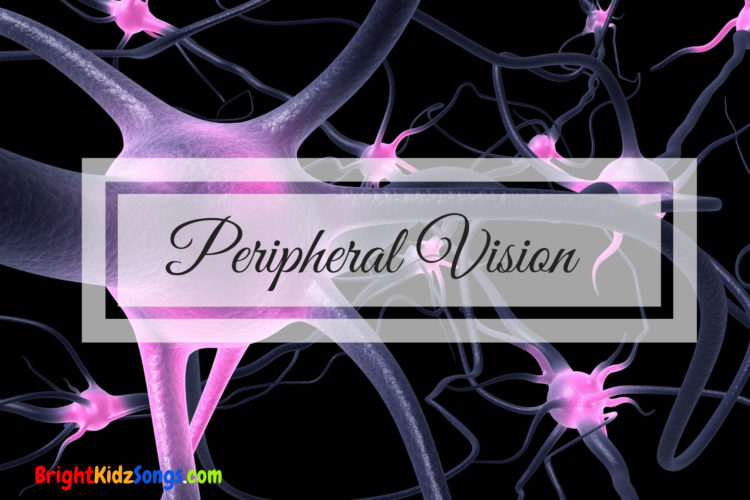Peripheral vision is what we use when something catches our attention “out of the corner of our eye.” It is the opposite of central vision, which is literally the center of our vision (when we look directly ahead).
Most people in the modern world use central vision all day long with narrow field activities, such as looking at computer screens, reading books and watching television.
By contrast, our ancestors (especially Early Man), had stronger, or better-attuned peripheral vision as they were primarily engaged in outdoor activities such as hunting, fishing, fighting and travelling. To survive, they needed to scan entire landscapes to spot enemies and predatory animals and the like.
In cinematic terms, our modern vision would be a close-up or extreme close-up whereas Early Man’s vision would be a panoramic wide-angled shot.
The problem with central vision is it has been shown in studies to be directly linked with beta brainwaves and the left hemisphere of the brain – in other words, stress city.
When you are literally looking at the world with peripheral vision, you immediately enter alpha brainwaves and the right hemisphere of the brain. This is much more relaxing and allows the subconscious to come into equation for super learning.
As an example, the world’s greatest speed readers use their peripheral vision to take in entire pages at a time instead of one word at a time.
According to author, Frank Forencich, in his book, Exhuberant Animal: The Power of Health, Play and Joyful Movement, “chronic, tightly focused vision can do amazing things, but it only taps a fraction of our visual-cognitive capability. In contrast, a balanced of focused and peripheral vision keeps the stimulation moving and taps a far greater percentage of our processing power. Just as chronic overuse of central vision may limit intelligence, active stimulation of our panoramic vision may actually increase it. Smarten yourself up by relaxing your eyes and letting the periphery in.”
There is scientific research that suggests ways to improve peripheral awareness and the processing of peripheral images. A few techniques include:
- Widening your vision to something closer to 180 degrees and becoming aware of everything to your extreme left and extreme right.
- Defocus your eyes to counter the hard focus that occurs in central vision.
- Practice eye exercises – especially ones that include a lot of wide-sweeping eye movements.
- Play team sports like soccer or basketball, which force you to constantly use your peripheral vision.

